

On the subject of the repeated murder attempts against him, he added: “There’s something going on. I mean, perhaps it’s God wanting me to be President to save this country.”
On one hand, the Almighty appears to have thrown several assassins at Trump but had them fail. One might take that as an expression of divine endorsement for Trump’s leadership. But, then, on the other hand, He hasn’t sent any against Harris.
Definitely a tough theological knot, that one.



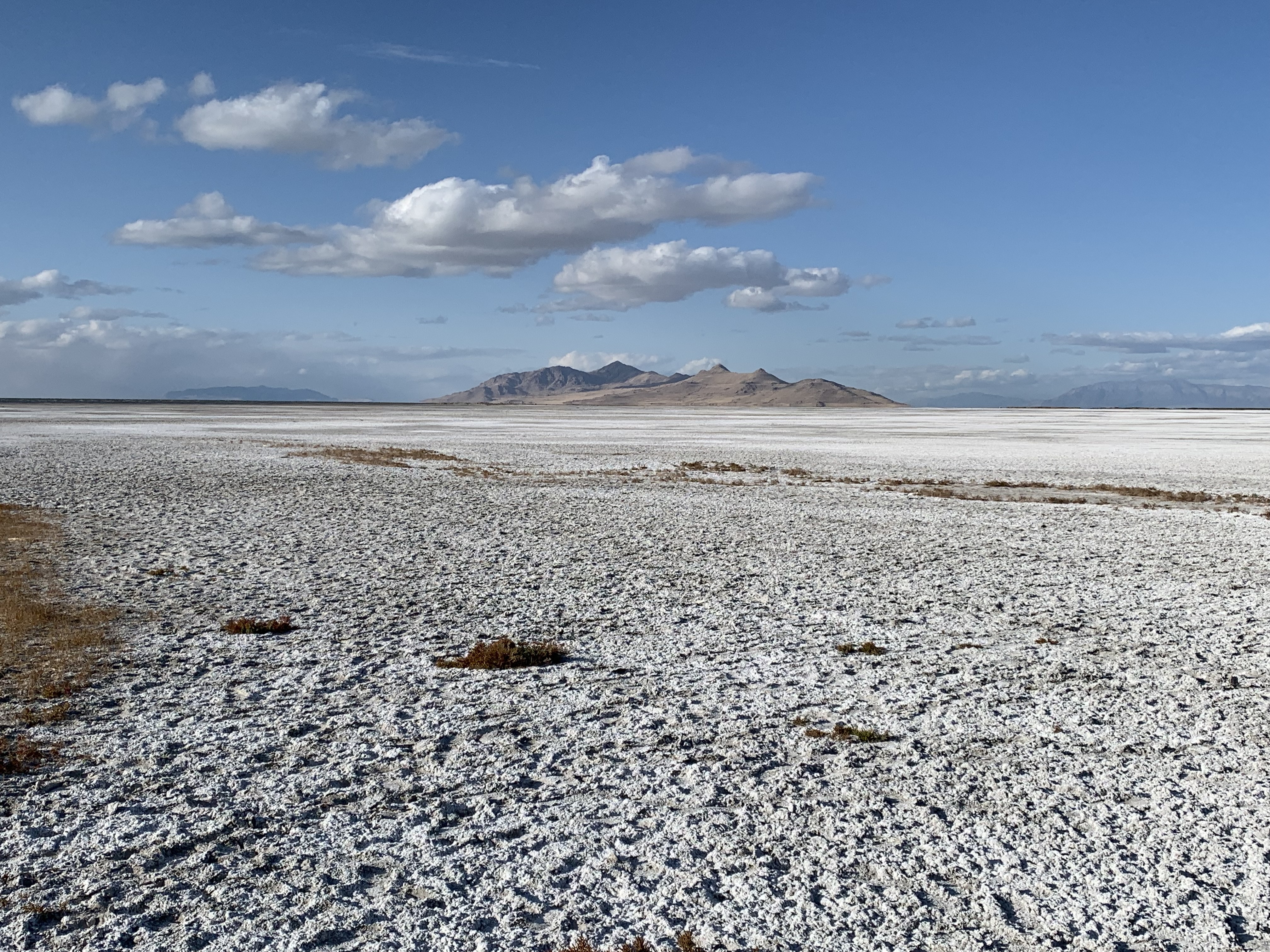





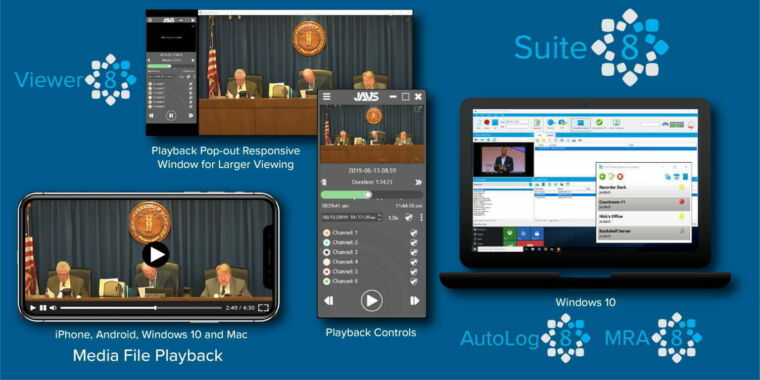
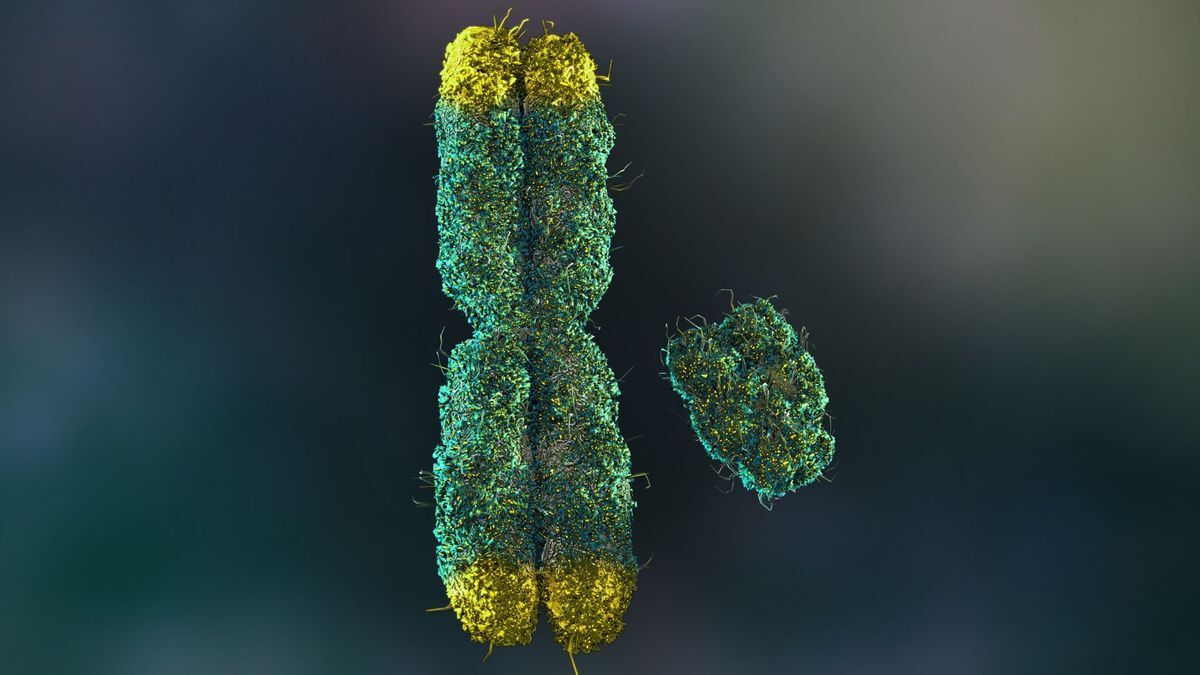
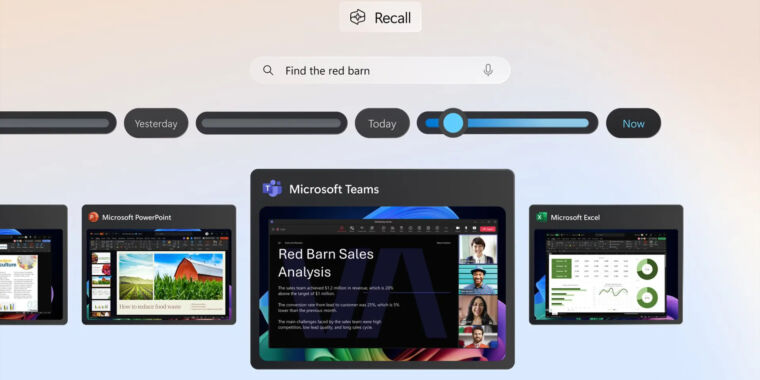
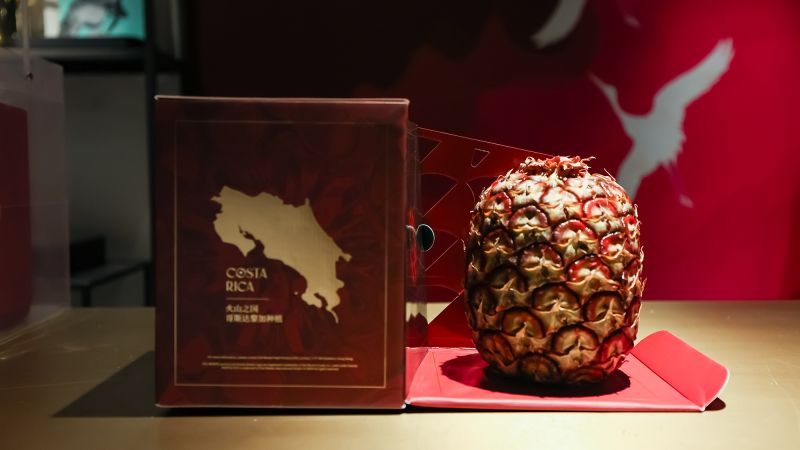





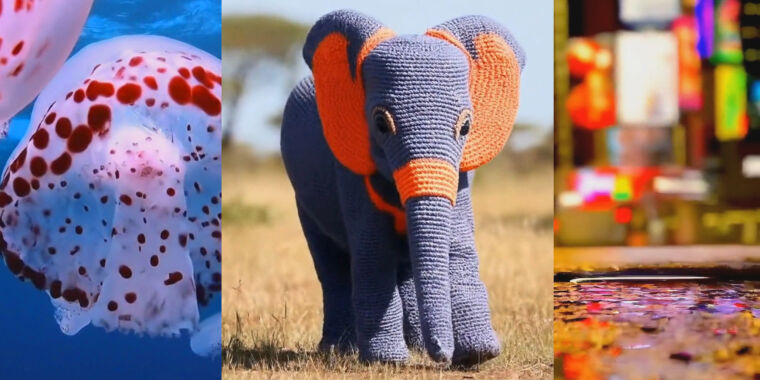
looks dubious
The problem here is that if this is unreliable – and I’m skeptical that Google can produce a system that will work across-the-board – then you have a synthesized image that now has Google attesting to be non-synthetic.